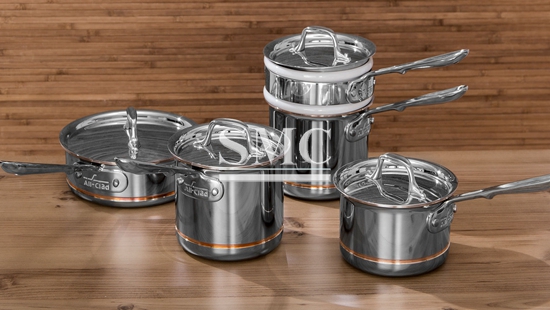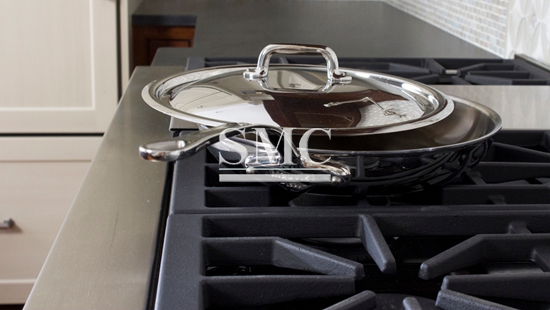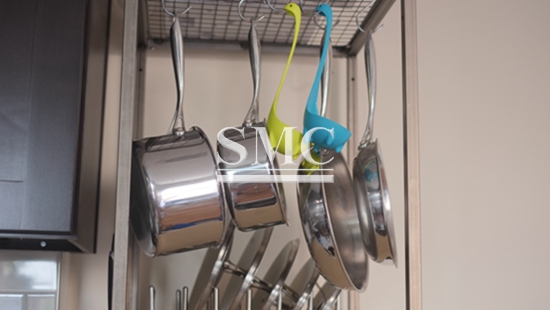
- Company overview The heart of SMC Vision & Philsophy Partnership Certifications Company culture
- Our service Design and Engineering Maintenance and Service Examine Production Line Upgrade and Transformation Storage and Logistics Processing, Trading and Distributor
- Management Our history Global responsibility Info Center
- Procurement center Internship
- Metal Steel Products Stainless Steel Products Aluminum Products Copper Products Galvanized Steel and PPGI Special Alloy Building Material
- Containers ISO Standard Container Equipment Container Storage Container Refrigerated/Reefer Container Offshore Container Container House Tank Container Container Fittings Container Trailer
- Gas Cylinder & Fire Extinguisher Cryogenic Liquid Cylinder Oxygen Gas Cylinder Storage Tank CNG Gas Cylinder LPG Gas Cylinder Hydrogen Gas Cylinder Nitrogen Gas Cylinder Industry Gas Cylinder Fire Extinguisher
- Metal Machinery Forming Machine Cutting Machine Processing Machine Bending Machine Block Machine Other Machinery Motor Spare Parts
- Mechanical Products Miscellany Mooring Equipment Marine Equipment Vehicle Industry Pressure Vessel Conveyor Belt Laser Equipment Bearing
- Electrical System Power Distribution Automation Electrical Cable Solar Power System Electric Protection System Transformer Production Line Lighting System
- Project Plastic Pipes and Pipe Fittings Fiberglass Reinforced Plastic Pontoon System
Stainless Steel Doesn't Get Enough Love
Today, we're talking about the most perfect cookware material on Earth: Stainless steel. Before you smash that comment button, I want to make it clear that I'm not disparaging cast iron. I would never do such a thing.
My 30cm cast iron skillet is my very large, heavy son and I love him dearly (he turned 8 in July, thank you for asking). Here's the truth, though: Stainless steel is the only truly all-purpose cookware material you can buy, which is why I recommend it above all others.

Even, Responsive Heat
Stainless steel's amazing versatility lies in its responsiveness to heat adjustments. Cast iron delivers beautifully consistent cooking temperatures, but it takes forever to adapt to temperature changes.
A well-constructed stainless pan distributes heat evenly and releases it quickly enough to take a covered pot of rice from a rolling boil to a low simmer without boiling over or scorching the bottom.
Non-Corrosive and Oven-Safe
When it comes to stew, there's no substitute for a long, slow oven braise - and there's no better vessel for that than a covered stainless steel pan. This is especially true for something acidic like bolognese sauce, which you can't safely cook in cast iron or aluminium.
My personal favourite pan for oven braises is the five-quart deep sauté pan I got in my Cook's Standard set (which I'll talk more about later). Its wide base makes it ideal for browning ingredients in a single layer, while its straight sides accommodate a surprising amount of food. Throw on a lid and it can go straight into the oven for a nice long braise, which brings me to my next point.
Multi-Use Lids
I love my cast iron skillet with a fierceness matched only by my hatred for its awful hat. Trying to find a place to put down an oven-hot, dripping-with-condensation cast iron lid so you can check on your stew is a huge pain.
Cleaning one, and then finding a place for it to dry, is even worse. Stainless steel lids are oven-safe too, but they're lightweight, easy to manoeuvre, and dishwasher-friendly. Plus, there's often some overlap with pan diameters in stainless sets, so one lid fits two or more pots.
Finally, I love how easy they are to store - I use an IKEA accordion rack and it's perfect.
Durable and Easy to Clean
The difference between a chef and a cook is access to a dishwasher (the human, not the machine). If you're in charge of your own cleanup, you need cookware that can be cleaned quickly, easily, and on your schedule.
Unlike cast iron, non-stick, and carbon-steel pans, stainless ticks every one of these boxes and you can put it in the damn dishwasher (the machine, not the human; the latter is assault). Should you burn something on that's not responding to a regular soap-and-water scrub, don't panic, because God gave us Barkeeper's Friend for exactly this reason.
There's Nothing it Can't Do

As I mentioned earlier, stainless steel is truly all-purpose, but it does some things exceptionally well. Here are my favourite applications.
Pan-Frying
When used properly, a stainless steel skillet is the best pan-frying surface, period. It's nonstick enough for perfect softly-scrambled eggs, yet sticky enough to facilitate the all-important Maillard reaction.
The secret is to preheat your pan at the desired heat for a few minutes before adding the fat, then heat the fat in the hot pan for an additional minute or two. (This works at any temperature.) When you've got a hot stainless steel skillet coated with hot fat, nothing will stick to it - not even fried cheese.
Boiling and Steaming
A good stock pot is a true kitchen workhorse. Whether you're boiling three pounds of pasta, simmering a gallon of Sunday gravy, or steaming up some artichokes, a stainless stock pot will get the job done right.
Braising
I already talked a little bit about how much I love using a big stainless sauté pan for slow-roasted stews, but a covered stainless pan is also excellent for quick stovetop braises. The lids I waxed poetic about earlier are the true stars here: they make braising super-easy.
It Costs Whatever You Can Afford

High-quality stainless steel can be found in every price range. The only kind you want is "clad" or "multi-ply," which means it's made from multiple layers of metal. Super-fancy clad stainless uses a copper core for heat conduction; less-expensive models generally use an aluminium core.
As long as you look for heavy-bottomed, multi-ply, all-stainless construction, you can't go wrong. Here are some recommendations to get you started.
Bourgie
If price is no object, All-Clad is the gold standard of stainless cookware.
Medium-Bourgie
Both Williams Sonoma and Sur La Table make excellent cookware under their house brands, and Calphalon and Anolon both offer very good multi-ply stainless sets.
Steer clear of the reasonably priced "Classic Stainless" sets you find in department stores, though: They lack the multi-ply construction and heft that makes a great pan.
Budget
Should the dystopian hellscape that is late-stage capitalism provide you no options outside of ethically-questionable Chinese knockoffs, I highly recommend a Cook's Standard set.
I've used mine daily for five years and it shows zero wear and tear. It was also less than two hundred dollars, but I have no plans to upgrade.
Very Tight Budget
If you know what to look for, Goodwill and other thrift stores can be treasure troves. My best tip for cookware thrifting is to Google makes and models on your phone right there in the store before buying. You probably won't find a full matching set, and you'll absolutely have to rifle through piles of terrible thin-bottomed pots, but you also might find a really nice Calphalon pan for five bucks.
When it comes to versatility, durability, and functionality, stainless steel is truly unmatched. If you've ever passed on stainless in favour of other cookware, I hope this inspires you to take a second look. You won't regret it.